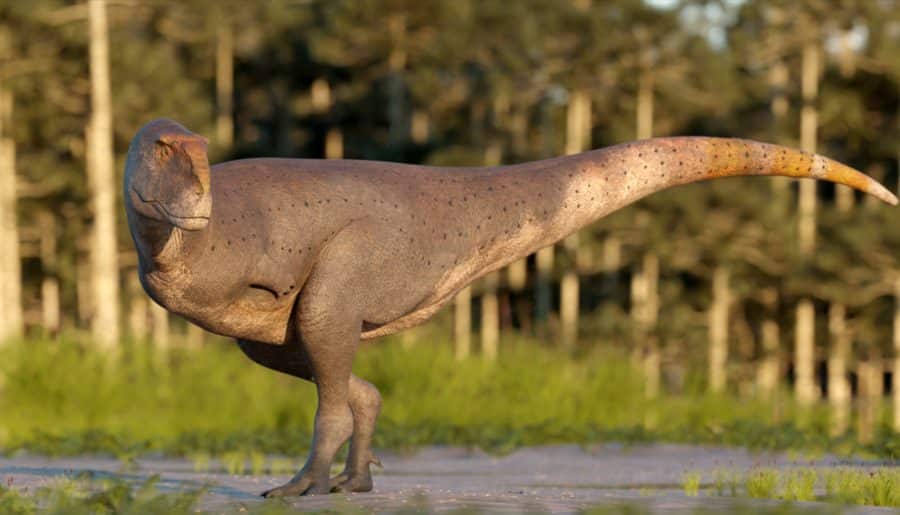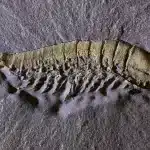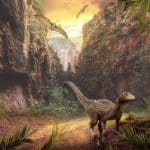While searching for new dinosaur fossils in the La Colonia Formation of Argentina, scientists found a single toe bone sticking out from the ancient rock.
After further digging, they uncovered the remains of a previously unknown 16-foot-long meat-eating dinosaur that lived in prehistoric Patagonia approximately 69 million years ago, during the Maastrichtian age of the Late Cretaceous epoch.
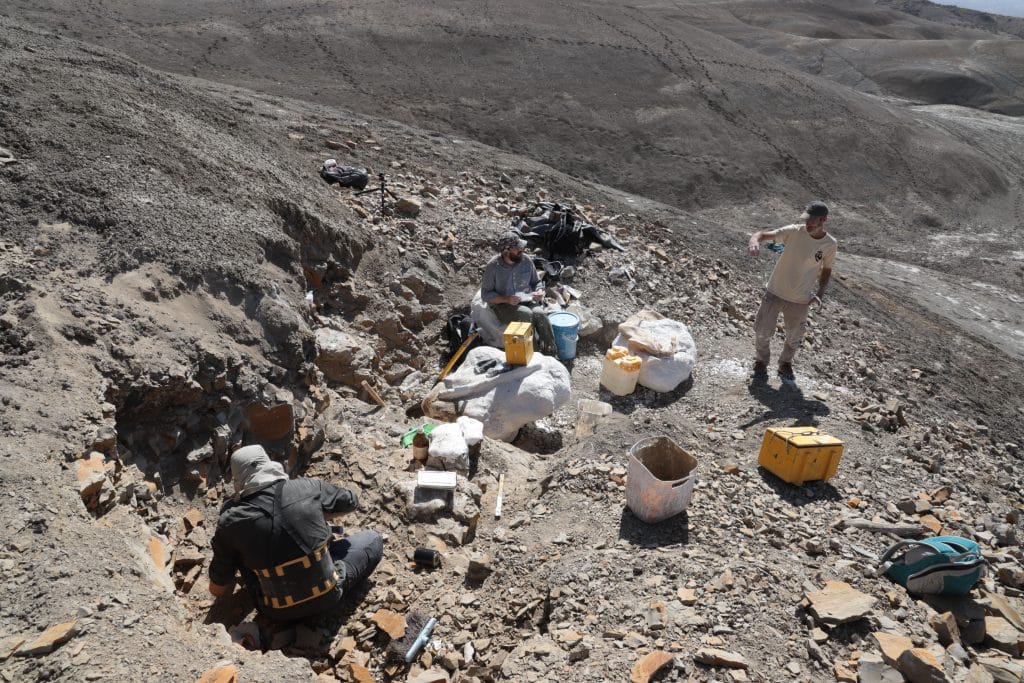
This discovery is only the second abelisaurid (special type of dinosaur) found in this area, which helps scientists know more about the different dinosaurs that existed here during the Late Cretaceous period.
This new dinosaur, a predatory creature with a short snout, is part of the abelisaurid family. At the end of the dinosaur era, abelisaurids were the most widespread carnivorous dinosaurs. They inhabited many areas once part of the southern supercontinent Gondwana, except for Antarctica and Australia, where their fossils have not been found.

Most of their fossils have been found in South America, with the highest number of fossils from this group. Fossils have also been found in India, northern Africa, and Madagascar. Incomplete abelisaurid remains were also found in Europe, suggesting a connection between southern Europe and Gondwana.
Diego Pol, a paleontologist at Argentina’s Egidio Feruglio Paleontology Museum, named it Koleken inakayali. This was to honor Inakayal, a deceased chief from the Tehuelche Indigenous people of eastern Patagonia.
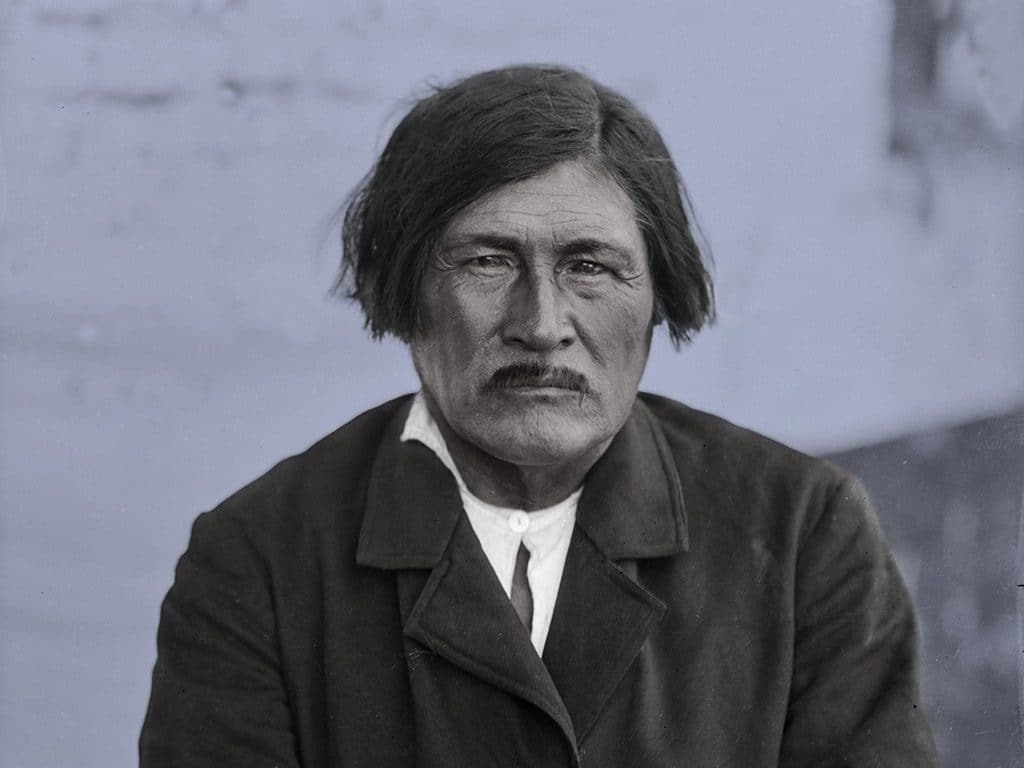
He’s known for resisting Argentina’s Conquest of the Desert military campaign, which resulted in the suffering and displacement of native communities from Patagonia.
The word “Kóleken” in Teushen means “coming from clay and water.” The researchers chose this name because the fossils were discovered in clay-rich rocks in an estuary, which is an area where a freshwater river or stream meets the ocean.
Pol and his team carefully gathered skull bones and different parts of the theropod’s spine, hips, and limbs that had eroded from the rock and were scattered around the hard mass.
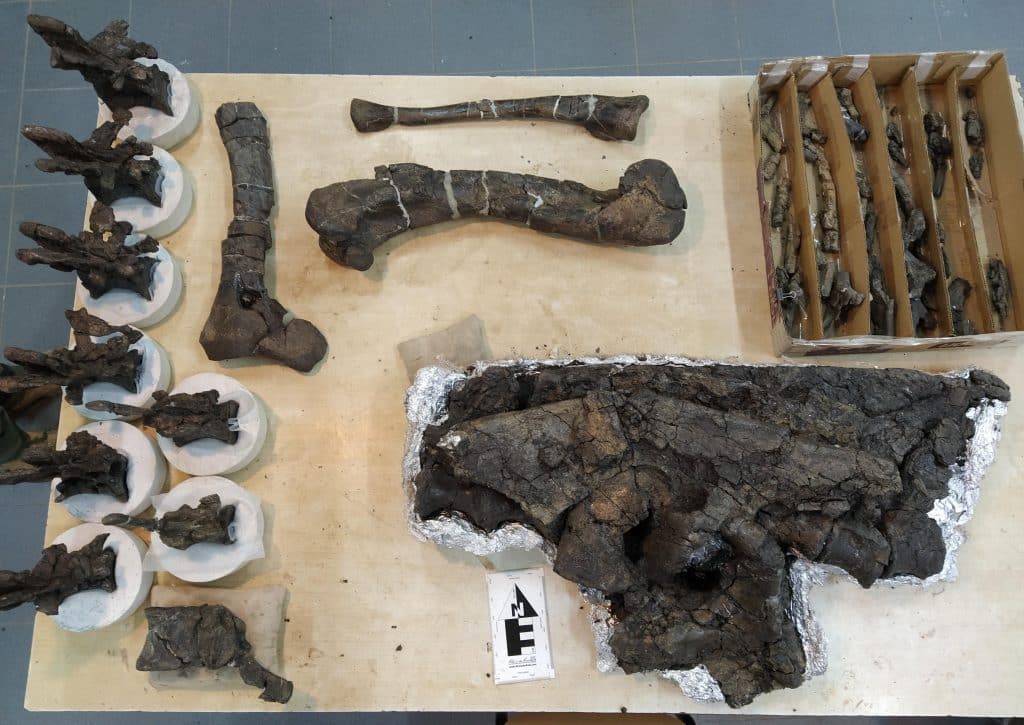
They examined the concretion in the lab and found Koleken’s entire back end perfectly preserved, with parts of the spine, hips, and complete legs still together. This suggests that the dinosaur was buried and preserved before its body decayed and parts scattered.
Scientists state that it’s uncommon to find dinosaur bones still connected, especially with the amount of sediment needed to bury and preserve an animal that could be over 20 feet long.
Koleken Characteristics
Koleken inakayali is similar to Carnotaurus sastrei, the only other abelisaurid found in the La Colonia Formation. However, it has its own special features that make it different. This suggests that abelisaurid dinosaurs were more diverse than previously thought.
Koleken inakayali is smaller and has a different skull shape and body structure than other abelisaurid dinosaurs. Its skull is flatter than its relatives. Some experts said, “If it were a dog, it would be a pug.”
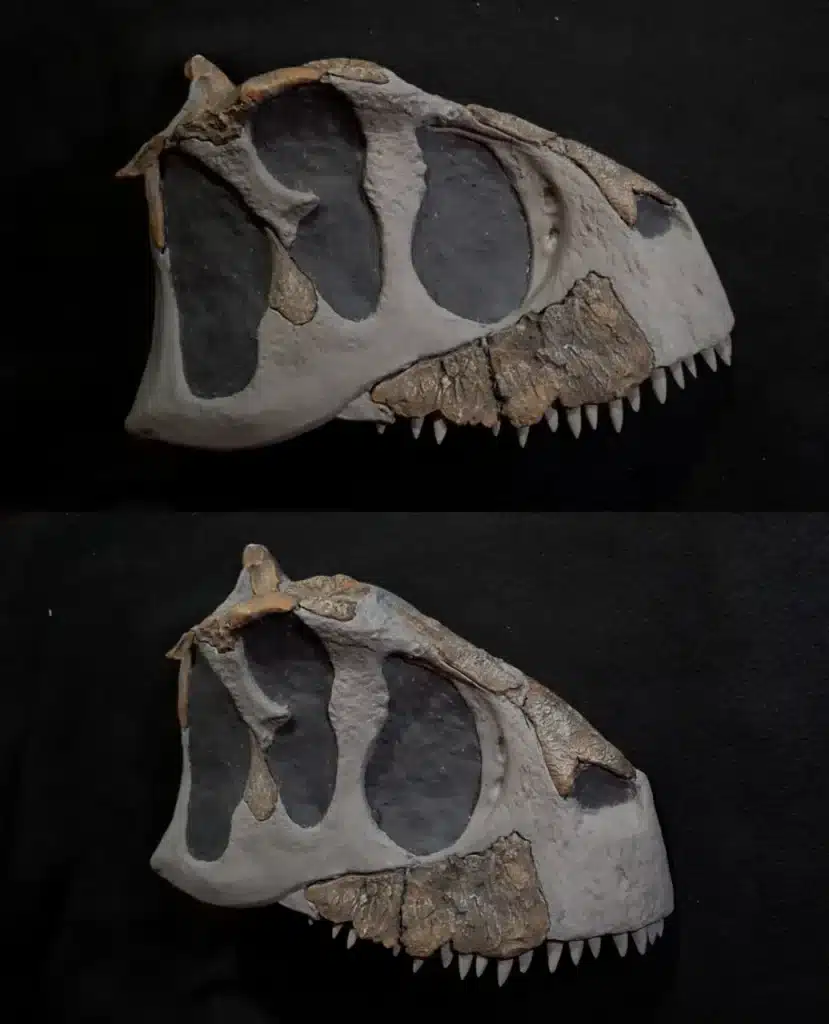
Abelisaurids like K. inakayali had a body shape similar to a T. rex but smaller, with strong back legs and short arms. They had short, deep skulls, thick necks, and stout arms, a unique combination of features that made them easily recognizable.
These carnivorous dinosaurs also had a shorter and stout appearance than well-known tyrannosaurs. According to Federico Agnolin, a paleontologist at the Argentine museum, the arms of abelisaurids would have barely stuck out from their bodies. They also had very short arms and small fingers, which were of little use in catching prey but surprisingly flexible.
The discovery of Koleken has given Pol and the team a great chance to look into how these dinosaurs changed after separating from a common ancestor during the Jurassic period.
